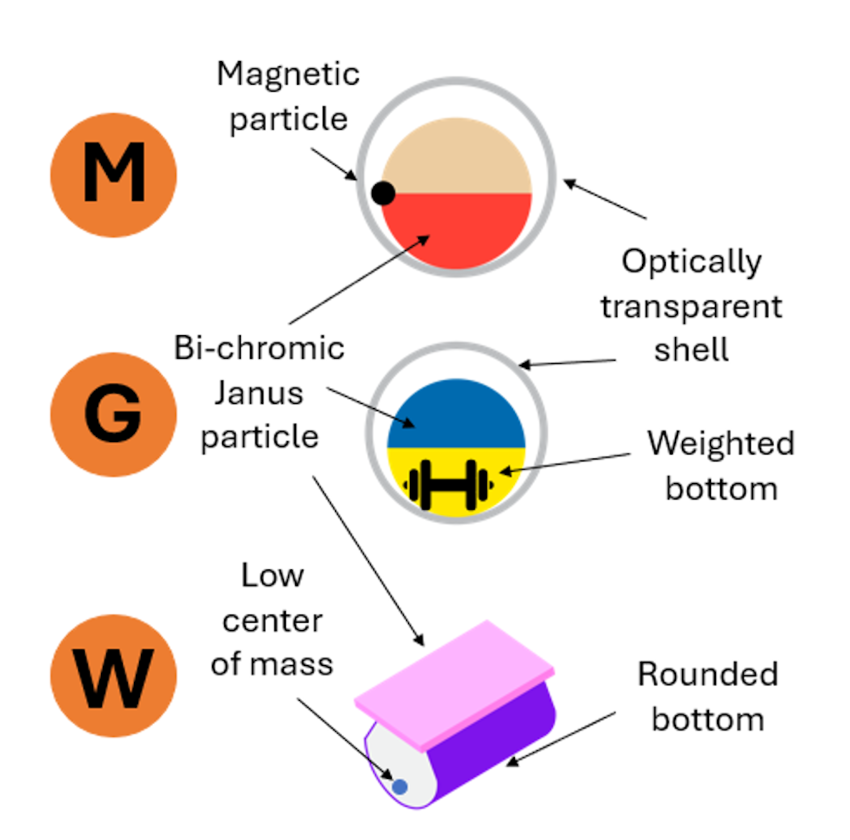Credit: Structural colour (© Cypris Materials, Inc).
At the Optical & Digital Document Security™ (ODDS) conference in April, Michael Natan, President of Diametryx Inc, presented this new company’s intriguing colour-change particles for use as an overt security feature.
Assuming the company’s promise is realised in production, it could offer a new option for colour-change features on tax stamps.
Natan has an impressive track record of inventing novel security taggants on the sub-micron scale, with a string of patents dating back to a first priority date in 1999.
He co-founded Nanoplex Technologies to commercialise the technology. The company went through a series of acquisitions and name changes before the process was eventually bought by SICPA, through its acquisition of Cabot Security Materials in 2014.
He is one of three founder-directors and funders of Diametryx Inc, which was set up in late 2022 and is based in the Boston University Photonics Center.
Diametryx is developing a family of micro- to nanoscale colour-changing particles, which it calls Janus particles (after the Roman god of opposites). The particles can change colour through one of three activation mechanisms: magnetism, mechanical agitation (ie. shaking) or tilting.
For the latter two activation modes, the particles return to their original colour by the force of gravity. To be more specific, the compositions are described as asymmetric magnetochromic particles (M), gravity-responsive optically variable particles (G) and wobble particles (W). Natan characterises these particles as ‘easy-to-read features with new effects in unlimited colours that can go anywhere and be rapidly upgraded’.
Regardless of the activation stimulus, each Janus particle comprises differently coloured sections. Every particle in a carrier (see image) is oriented so that only one of the colours shows to the viewer but, when activated, the M and G particles rotate, and the W particle wobbles, to show the other colour. There is an almost infinite choice of colour pairs that can be produced, including white.
The M and G particles are contained in an optically clear outer shell – referred to as yolk-shell particles (because they look like an egg yolk within the shell) – within which they are free to rotate. Within this shell the M particles – which are currently sized from 1 to 50 microns (µm) – have a tiny magnetic particle attached to one side at the boundary of the two colours, so it rotates when a magnetic field (from, for example, a simple handheld magnet) drags it round.
The G particles have a denser, therefore heavier, lower half, thus their natural state shows the colour of the upper half, which changes when agitated (shaken, tilted or jerked) but reverts to the original position afterwards. They are smaller, between 1µm and 10µm.
The W particles are differently shaped, with a distinctive top and bottom, making them asymmetrical on one axis, where the curved lower part is wider than the top, so the particle can rock on its base.
Diametryx anticipates supplying the particles as a powder or in a concentrated dispersion medium, so that they can be incorporated into the user’s chosen carrier, which might be a fluid, such as an ink or coating. The size of the particles can be determined to suit the user, but can be small enough to be used in most types of printing, including (eventually) inkjet.
Natan advised that the company is on course to have demonstration prototypes by the end of June. These will be shown to potential ‘route-to-market’ partners – companies active in the security printing sector with the ability to incorporate the Janus particles into their security print components.
Diametryx anticipates initially producing the particles itself, but recognises that to produce bigger quantities (assuming market success) it will need to work with a larger manufacturer.
This ODDS paper was the first airing of these new particles in a security document setting, and Natan reports that the presentation has led to substantial post-conference interest.

The three variations of Diametryx’s Janus
particles.